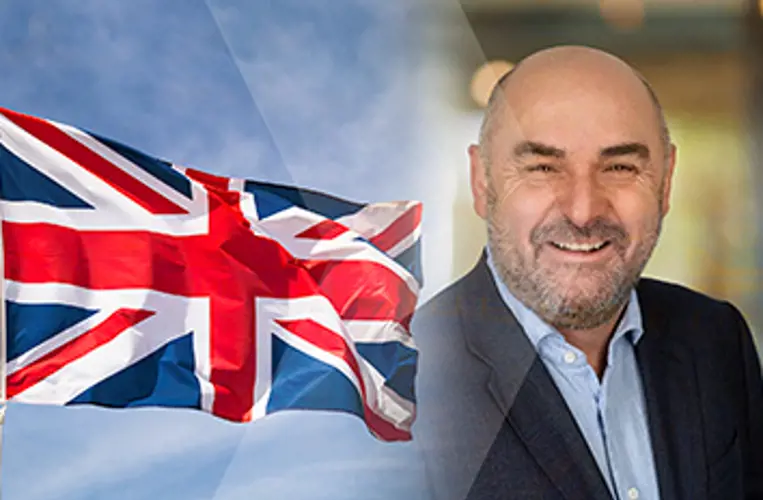
Case
Supporting the green transition
11 Apr, 2022

A wind turbine assembly.
Today’s energy challenges are increasingly answered with wind power. In 2021 alone, more than 400 WTGs have been installed on land or at sea with the help of our Industrial Projects & Renewable Energy experts. Components include wind turbines, towers, substations, blades, and more.
Global capacity growth
The global renewable capacity growth set a record in 2021. it will increase its pace and thus increase demand for specialized on- and offshore transportation solutions for renewable energy.
For each new installation of a wind turbine anywhere in the world, our experts are ready to support our customers’ green transition and the global reduction of CO2 in line with the ambition to reduce emissions to meet the global net-zero carbon goal by 2050.
Final destination: offshore wind farms
As part of a marine renewable energy project off the Danish coast, we were contracted to deliver two heavy-weight substations from Poland via Aalborg, Denmark, to two offshore wind farms in the North and Baltic Sea.
Though weighing 788 and 1080 tons, respectively, and towering up in the air equal to a 30-story building, transporting the substations was just another day at the office for Senior Project Manager Finn Petersen. “It may seem a complicated transport because of the magnitude, but knowing the details to a successful ocean transport, makes all the difference.”
The substations help transform wind power into electricity supplying many homes with environmentally-friendly electrical power.
Optimizing to minimize
When planning and executing our renewable energy transports, our experts and specialists always look to optimize each leg to minimize the CO2 impact. For instance, a vessel may already be booked for a given destination but have space for a part load. Or a vessel returning from an operation with empty deck space, we coordinate to fill with containers in close collaboration with our Ocean Freight team. And, together with our customers, we consider their pipeline and other activities to offer them alternative solutions to some of their other transport needs.
Each transport we are accountable for is, more than ever, an opportunity to reduce CO2 emissions.
Read the latest news on your future solutions in action





